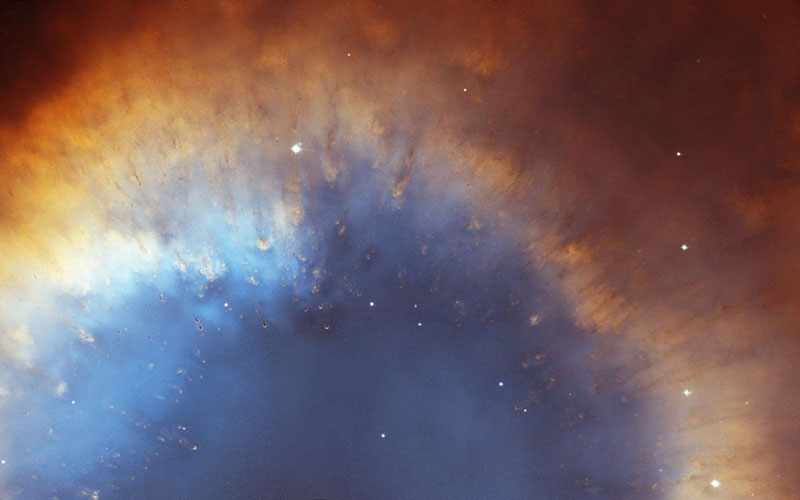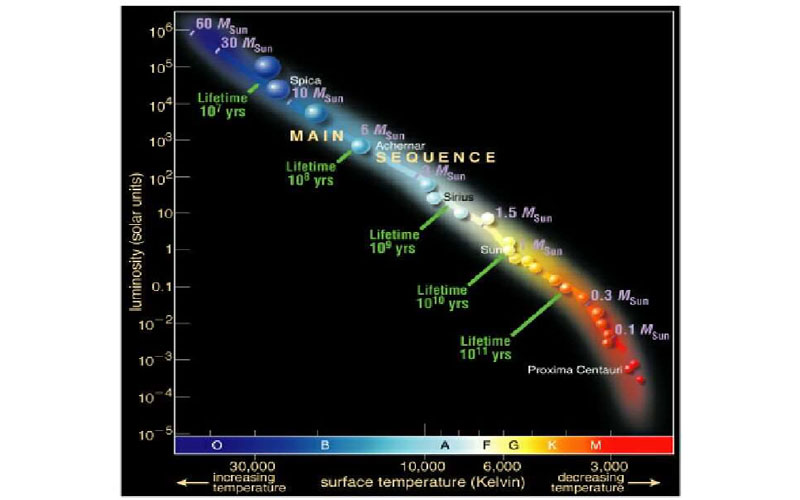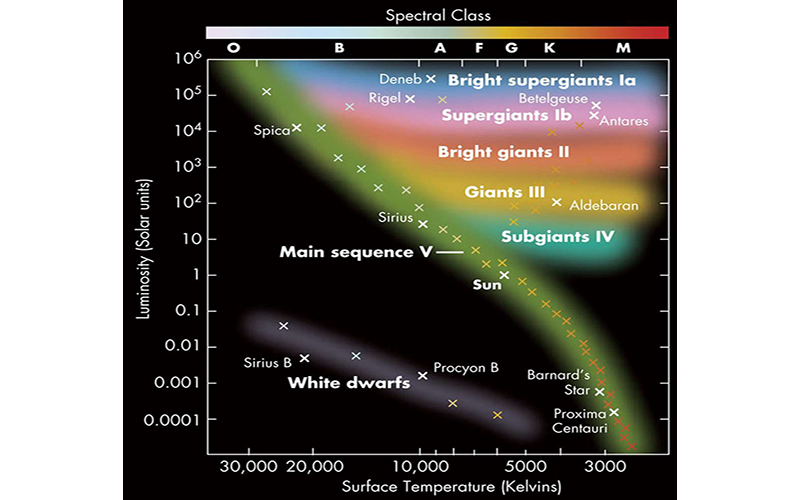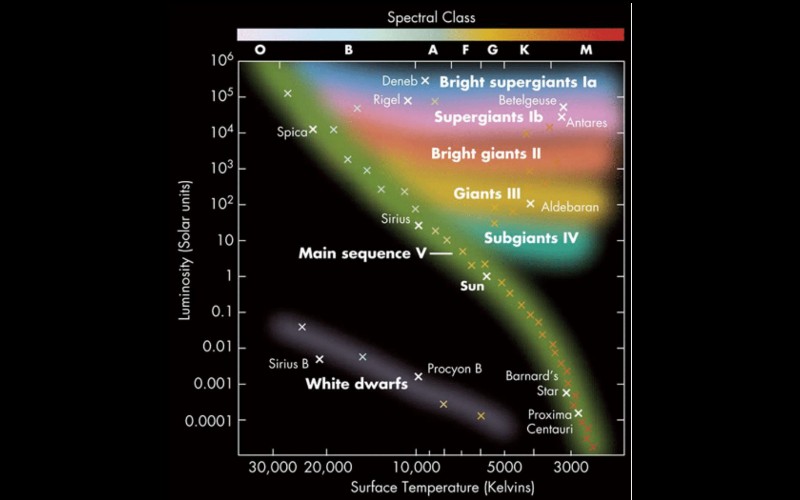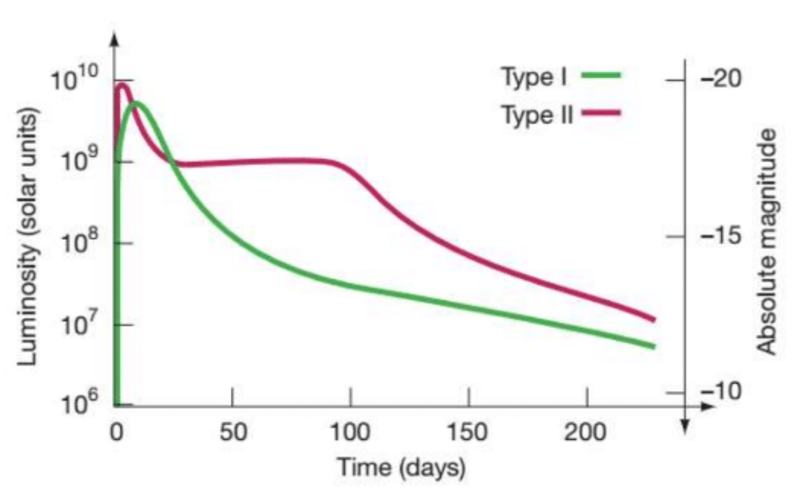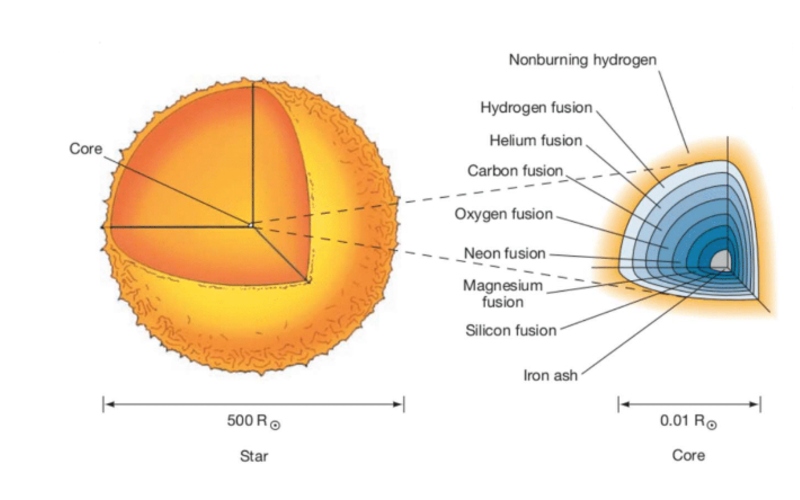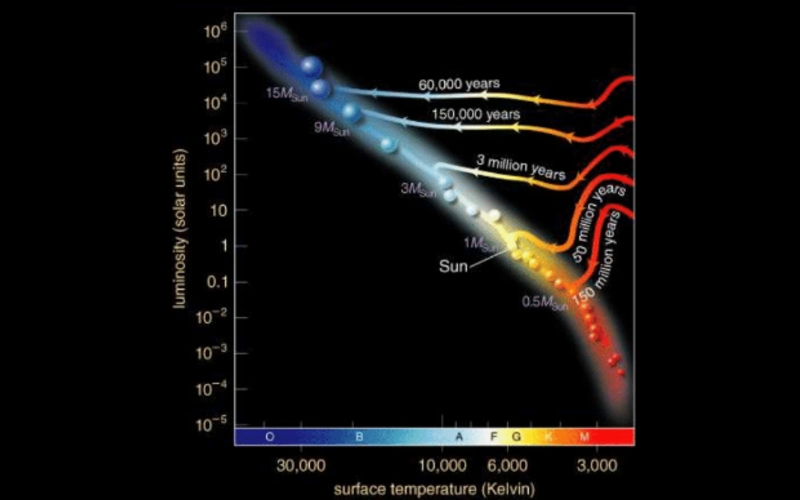HR Diagram
Video Categories
Stellar Death Low Mass Stars
The evolutionary path of a star heavily depends on its mass; this video describes the unique death of stellar objects with lower mass.
The Main Sequence
The main sequence is defined by the HR diagram movement of a star fusing hydrogen into helium within its core, and understanding the relationship between the luminosity, temperature, radius and mass of stars on the main sequence allows us to derive useful information from a star's location on it.
Variable Stars and the HR Diagram
This lessons combines knowledge of the HR Diagram with previous concepts concerning the different classes of variable stars.
HR Diagram Overview
The HR Diagram is a stellar plot of Luminosity vs. Temperature, and can help to understand where in its "life cycle" a star is
Stellar Death – High Mass Stars
High mass stars have a more stable evolution from one fusion process to the next. As iron fills the core, the star begins to implode and fall into itself. There are two types of supernovae, based on the hydrogen content.
Stellar Life after the Main Sequence
The path a star takes after the main sequence is dependent on the star's mass. Stages 8-11 are Subgiant Branch, Red-Giant Branch, Helium Fusion/Horizontal Branch, and Asymptotic Giant Branch.
Stellar Life Interstellar Medium to the Main Sequence
The process from the interstellar medium to the main sequence is how a star forms.
HR Diagram and Star Clusters
Clusters (which come in open, associations, and globular varieties) provide the best means for us to compare theories to actual stellar evolution and can be studied via photometry and spectroscopy.

